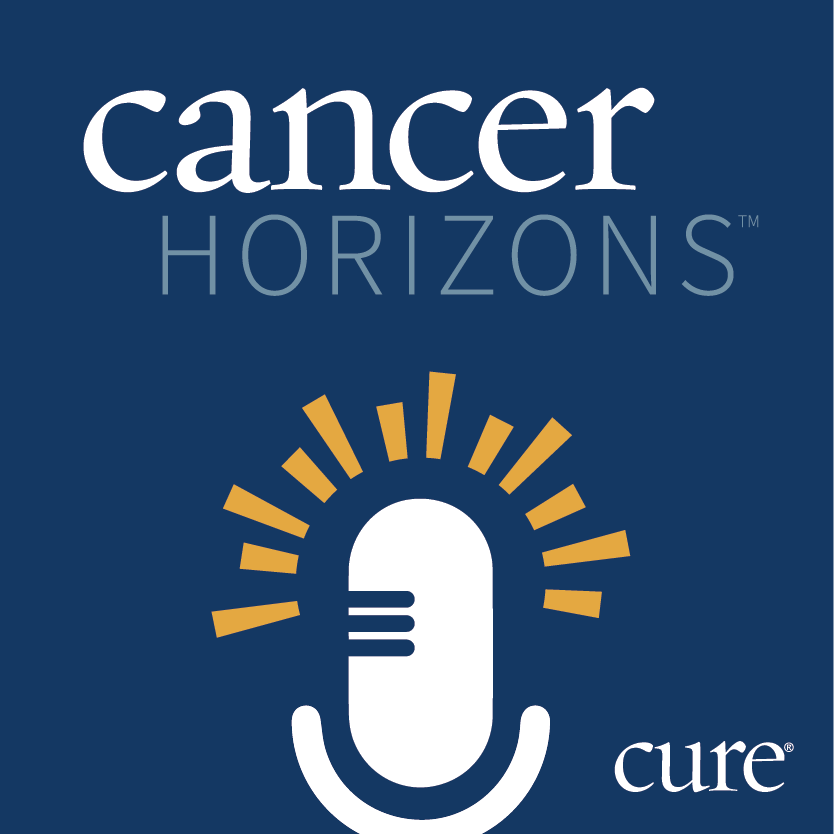News
Video
Breast MRI Offers Sensitive Imaging for High-Risk and Diagnosed Patients
Breast MRI helps doctors detect disease in newly diagnosed and high-risk patients without replacing mammograms, according to an expert.
Breast MRI is a powerful tool because of its sensitivity, helping doctors detect cancers that might not appear on a mammogram, according to Dr. Pouneh Razavi. She explained that breast MRI uses contrast to highlight areas where cancer may be growing faster than normal tissue, making it an important resource for certain patients.
Razavi, director of breast imaging for Johns Hopkins National Capital Region, shared that MRI is typically reserved for two groups: patients with a new diagnosis of breast cancer and those with a higher-than-average lifetime risk. For high-risk patients, MRI is offered once a year alongside yearly mammograms, typically spaced six months apart.
Razavi emphasized that MRI complements, but never replaces, mammography. By using both imaging tools and improving collaboration among care teams, she said, patients can receive a more accurate diagnosis and tailored treatment plans.
Transcript:
CURE: Can you explain when a breast MRI is typically recommended for patients with breast cancer?
Razavi: Breast MRI is indeed a powerful tool. It's powerful because it is very sensitive. With a breast MRI, what we do is we give contrast that is taken up via IV, either through the hand or through the arm for the patient, and then the contrast is picked up by all the breast tissue. What we do is we look at serial images, consecutive images following the administration of contrast to see if there's anything, any lesion, that might be taking up contrast at a different rate than the normal breast tissue.
The reason this is so helpful is because cancers generally recruit more blood vessels to themselves. So, they will pick up contrast at a faster rate than the regular breast tissue, the normal breast tissue. So that's what we're looking at when we look at a breast MRI. So, it is very sensitive, and for that reason, it's a very powerful tool. We generally reserve it for two sets of population.
No.1 is patients with a new diagnosis of breast cancer, and No.2 is patients who we know are at a higher lifetime risk of getting breast cancer than the average population. For those higher than lifetime risk patients, we will offer mammogram once a year. Mammogram is key. We never drop the mammogram. And we offer an MRI — usually at six-month interval from the mammogram — once a year.
Transcript has been edited for clarity and conciseness.
For more news on cancer updates, research and education, don’t forget to subscribe to CURE®’s newsletters here.




